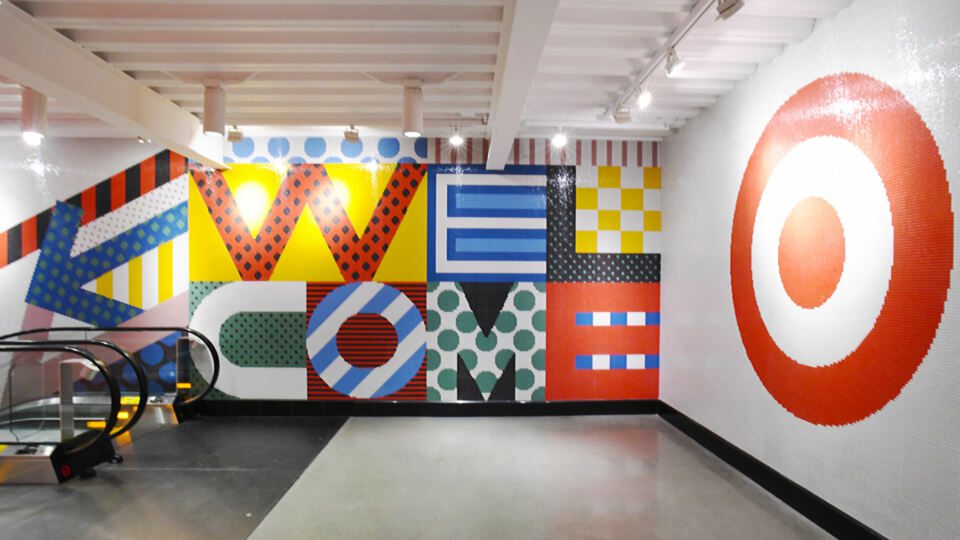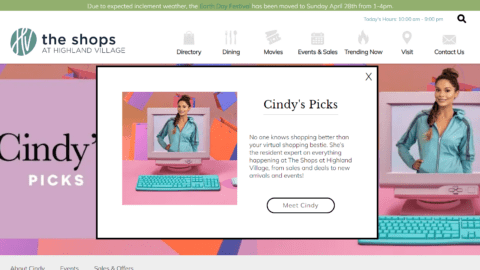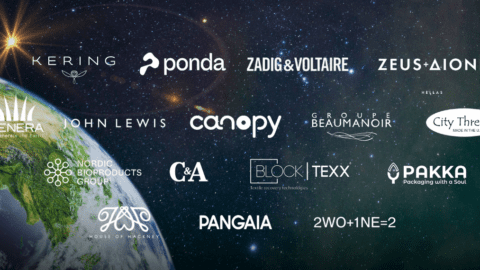The ecommerce surge generated by COVID-19 fueled a long-standing debate within the retail industry regarding the role of brick-and-mortar. But while reports of the “death” of the physical store have been greatly exaggerated, it’s clear that while stores are still vital elements in the shopper journey, they will need to be rethought — and in some cases redesigned — to reflect consumers’ still-evolving preferences.
Retailers today are searching for the perfect blend of brick-and-mortar retail and ecommerce synergies, yet this formula is different for every brand, location and customer. Additionally, some of these consumer desires conflict with each other, making the process of choosing and executing a retail design even trickier.
“Customer experience has the largest influence over retail success, both online and in-person,” said George Fanous, Principal at SBLM Architects in an interview with Retail TouchPoints.. “People want an efficient, fulfilling experience when purchasing products — one that can only truly and consistently be delivered and guaranteed through face-to-face interaction. However, as a result of the pandemic, people have become more aware of the space around them. When shopping in-store, they don’t want to be crowded into tight spaces. Despite this, they do want to cultivate a sort of community when in-store.”
Fanous discussed the notable consumer and design trends that have arisen over the past few years and how these are driving retail approaches to both brick-and-mortar and digital.
Advertisement
Retail TouchPoints (RTP): How did the COVID-19 pandemic increase the influence of ecommerce in enhancing and modernizing brick-and-mortar retail design?
George Fanous: Brick-and-mortar retail design started evolving prior to the pandemic due to the explosion of Amazon. The pandemic merely accelerated a shift that had already begun. Years ago, mega-stores were cropping up everywhere for major retailers. These spaces could be anywhere from 80,000 square feet to as large as 160,000 square feet. These warehouses often felt sterile and unapproachable for customers, offering cheap prices but no real experience.
As ecommerce really took off with Amazon’s delivery model, brick-and-mortar retail design transitioned back to being more welcoming and interactive. Major retailers quickly learned how important human interaction is as one of few aspects of the shopping experience that can’t simply be replaced or substituted online. Stores such as Target have curated “touchdown locations” where businesses can meet consumers face-to-face as opposed to having it all happen in one place online. Target is now a small-format store, which strikes a delicate balance with ecommerce and physical locations synergizing to provide a holistic, consumer-centered experience.
Another development accelerated by the pandemic is in-store pickup locations –– a dedicated space where customers can easily pick up and return the products they’ve purchased online. The demand for these types of spaces within physical stores, working side by side with ecommerce efforts, is continuously growing in demand, and illustrating that interaction with products in-store still plays a key, although lessened, role for consumers.
RTP: What technology has the most impact on aligning ecommerce and retail design?
Fanous: [Companies] and warehouses are working to make their deliveries even quicker by incorporating new technologies. Implementing solutions for warehouse logistics allows companies to receive and ship items faster, ultimately making their processes more efficient. Retail design moving forward will be dedicated to accommodating customer service requests, aligning with the normalization of ecommerce. Physical locations will serve to supplement the online experience, as opposed to the [latter serving the former].
RTP: Where should retailers invest to create unique in-store experiences that afford the ease of ecommerce?
Fanous: Both the “touchdown” small stores for these retailers and ecommerce have to be personalized and speak to them directly. It has to be very personal to them.
We work with them to be closer to the community and understand their needs. That is the first step to understand what the people need; make sure the product is directly speaking to them. Even the artwork they choose has to speak to them. They hire local artists. The local artist puts pieces of art in the store. This way the people feel related to the store.
RTP: How are retailers that have achieved brick-and-mortar success over the last year navigating ecommerce and retail design?
Fanous: Some retailers, like Target, have taken the initiative to better cater to local demographics, ensuring that the brand’s displays are thoughtfully selected to target key audiences –– simply put, the Target displays in Florida are not going to look the same as the displays in New York, even if all of the same products are equally available in both regions.
Just as consumer product pages can be curated online for customers through the use of cookies, brick-and-mortar stores are revisiting their organizational systems as well to be more customer-oriented, locale-informed and methodical in execution.
RTP: Considering social shopping and ecommerce often rely on connections to consumers, how can retail design shape community-building in store?
Fanous: Retailers need to cultivate comprehensive spaces that make customers feel welcome and entertained. This may take the form of an interchangeable pop-up shop with free samples or a corner with fun neon signage, wall art or biophilia to encourage shoppers to snap a quick photo for social media.
This mindset extends to the whole layout of shopping centers, strip malls and the like, as retail destinations that used to have major department store anchors like Sears and Macy’s have shifted. These traditional retail anchors are being replaced in order to enhance and personalize the shopping experiences.
Retail now works in tandem with entertainment, hospitality and wellness spaces. This includes integrating desirable amenities like outdoor café seating and playground areas for kids, carrying retail into a more holistic consumer experience and creating irreplaceable value for individuals that goads them to leave the comfort of their homes.
RTP: What are the challenges of aligning a brick-and-mortar retail model with new technologies as retailers face business following the COVID-19 pandemic?
Fanous: The retail store we had before COVID and before the Amazon era was very compacted and spoke to the people seeking to get deals on the commodities they buy. The store had to be compact, the aisles needed to get the cart in; [the idea was that] people will go in and out, get their stuff and leave. Now people will not go to the store unless they will have some kind of experience. If you don’t do that nobody will come to your store.
Additionally, for people [needing] customer service, [retailers will need] space for customers to speak, talk and listen to them and get their complaints, because people are tired of talking over the phone. Sometimes they need to go to a place where they can see a person to explain why this product doesn’t work. It’s very important that you have these places where people can go and talk, maybe return or exchange or see new arrivals coming in. Personalizing is a combination of all that and will work in any store for every location.
The technology that I am seeing everywhere now is the touchscreen where you can place your order. After COVID, it will now eliminate person-to-person contact, and some people [still] avoid that as much as possible. We still have a way to go because it can be programmed better.









